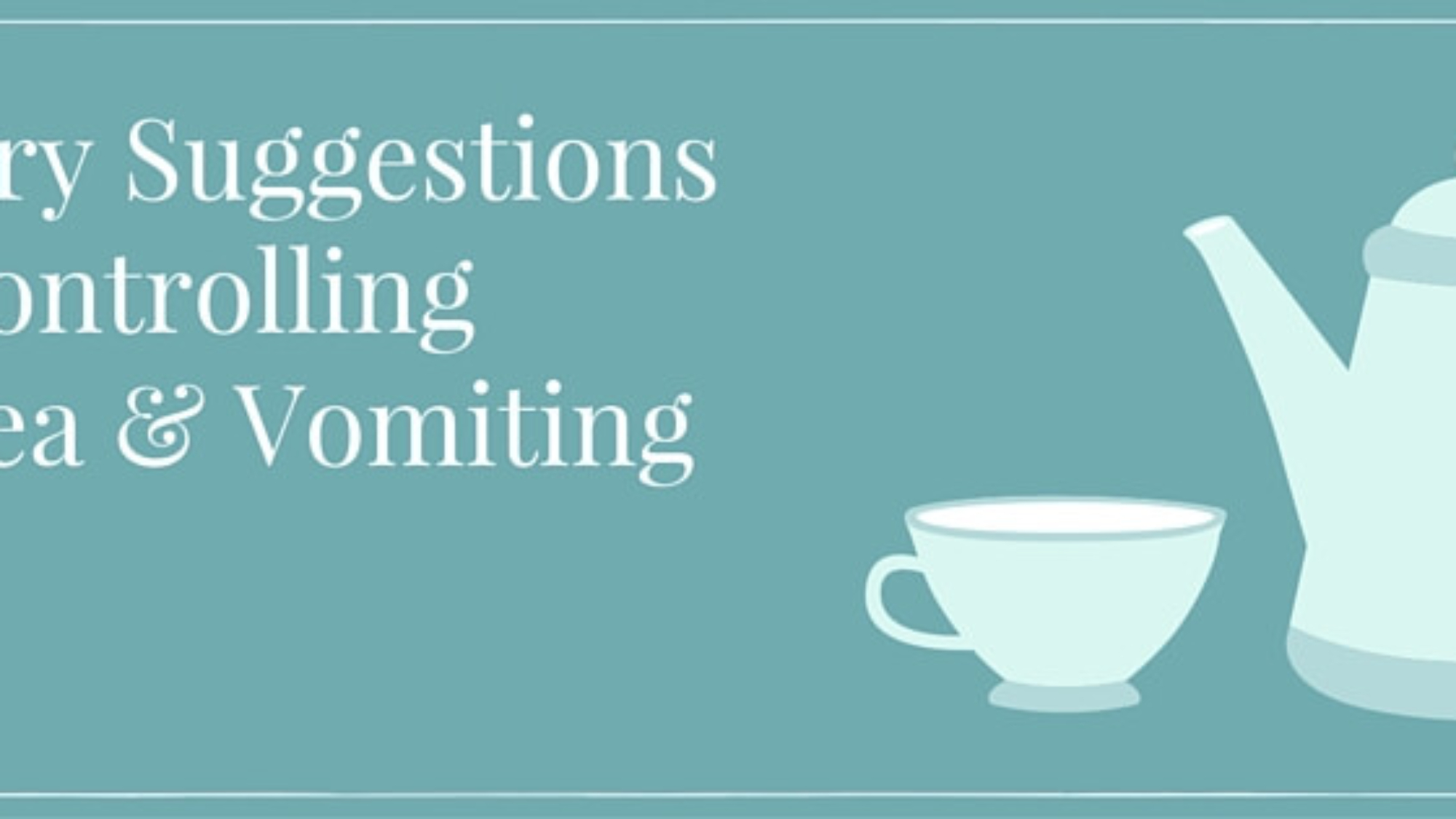Most people who have nausea and vomiting have it only once in a while and on a temporary basis. For some people, certain foods, activities or surroundings may stimulate nausea and vomiting. The following suggestions may help you limit nausea and vomit-ing, and allow you to eat adequately until the nausea and vomiting pass.
1. Eat only until comfortably satisfied.
- Eat small, frequent meals.
- Keep liquids to a minimum at mealtimes. Drink liquids 30 to 60 minutes before or after meals.
- Eat and drink slowly.
2. Try a variety of foods.
- Start with easily digested foods such as crackers, dry toast, broth, broth-based soups (such as chicken rice), hard candy and clear, cool liquids like popsicles, gelatin, carbonated beverages, sherbet and apple juice.
- If you tolerate the above foods, try other mild flavored, non-fatty
foods such as cereals, rice, plain pasta, baked potatoes, lean meats, fish, chicken, cottage cheese, vegetables and fruits. These types of foods are usually tolerated better than fatty, spicy or rich foods and those with strong odors.
3. Minimize activities or surroundings that may make your nausea worse.
- If the smell of food bothers you, stay away from the cooking area. When possible, let some-one else do the cooking. If you must cook, use foods that can be warmed at low temperatures or those that do not need to be cooked, such as sandwiches, cheese and fruit plates, or salad plates. Frozen convenience foods or microwaved foods often give off less odor when cooking.
- Rest after meals, since activity may stimulate vomiting. When you rest, keep your head raised. Do not lie flat for at least two hours after eating. It may be helpful to loosen any tight clothing.
- Fresh air may help. Open a window or take a walk outside.
- Try some activities such as needlework, reading, crossword puzzles or listening to music to help you relax.
If these steps do not help, ask your physician or dietitian for further advice.



Add a Comment